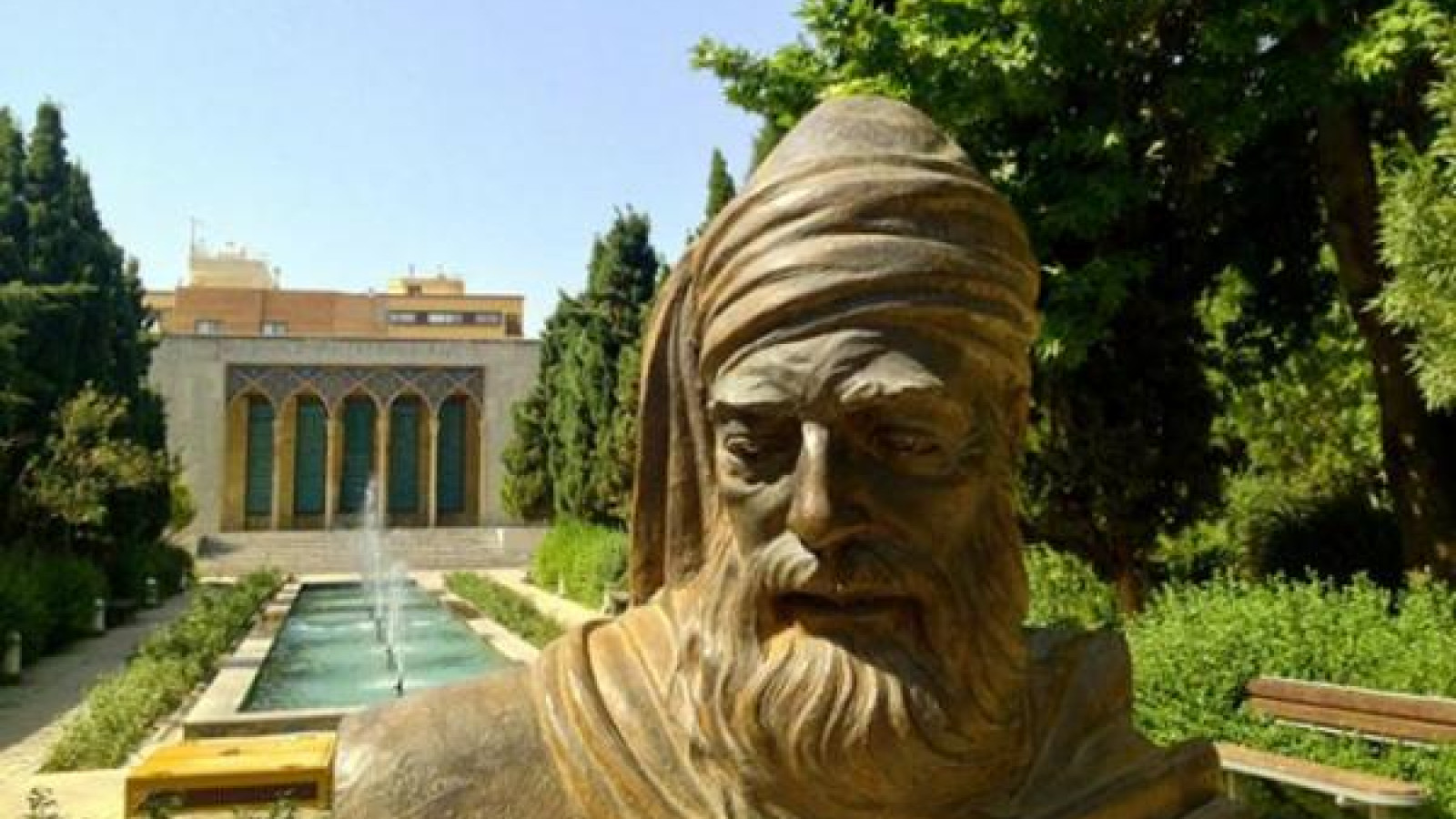
Mīrzā Muḥammad ʿalī, son of Mirzā ʿAbd-al-Raḥim, known as Saib was born in 999 AH in Tabriz. His father was a successful merchant and his ancestors were from Maghrebi Tabrizi’s family and they were famous poets in the 8th and 9th centuries. Shah Abbās the Great replaced Isfahan by Qazvin as the capital of Iran and moved 1200 families, who were craftsmen and businessmen, from Azerbaijan to Isfahan in order to improve the circumstances of the capital. Tabrizi's family was among them and they inhabited in Abbas Abad district. Growing up in Isfahan, Saib is called Tabrizi-Isfahani. He traveled to Asia Minor, Najaf, and Baghdad. He made pilgrimages to Mecca and Medina, and then to 'Alī ibn Mūsā ar-Riḍā mausoleum. He said about his voyage: “Thank god that after Hajj, I renewed the vow to the sultan of Khorasan”. The Safavid kings dominated Turkish language and so, they did not respect Persian poets and fuqahā (Islamic jurists) dominated the court. As a consequence, most of the poets immigrated to the Mughal Empire to achieve their dreams. According to his biography, he was appreciated in India by other poets and when he returned to his country after six years, he went to Shah Abbās the second and he was entitled Malek o-Sho'arā (literally meaning the king of poets).
Reading even a few numbers of his poems, we would be entirely be convinced that Saib was one of the most punctilious and meticulous poets of his time. His poems are the representative of Hindi school of Persian poetry. This school has two magnificent characteristics:
- Efforts to find new titles; he said that the pleasure of the poets of Indian school is to discover delicate meanings.
- Being familiar to nature and Living environment; the character which his poetry has in abundance.
The number of his poems is estimated to be 80000 to 120000, or even more. In his poems that he left, there existed Qasida, Mathnavi, and Ghazal, of which his Ghazal is the reason for his fame and distinguishes him from the other Safavid poets and other periods in the history of Persian literature. They create new concepts and colorful imagination. He wrote Shekasteh Nastaʿlīq so beautifully and some of his divans were published with his own handwriting.
He was buried in Isfahan garden, which is called Gabr e Agha (the tomb of the master) nowadays.